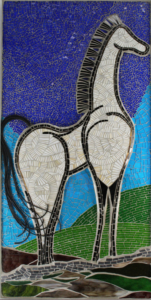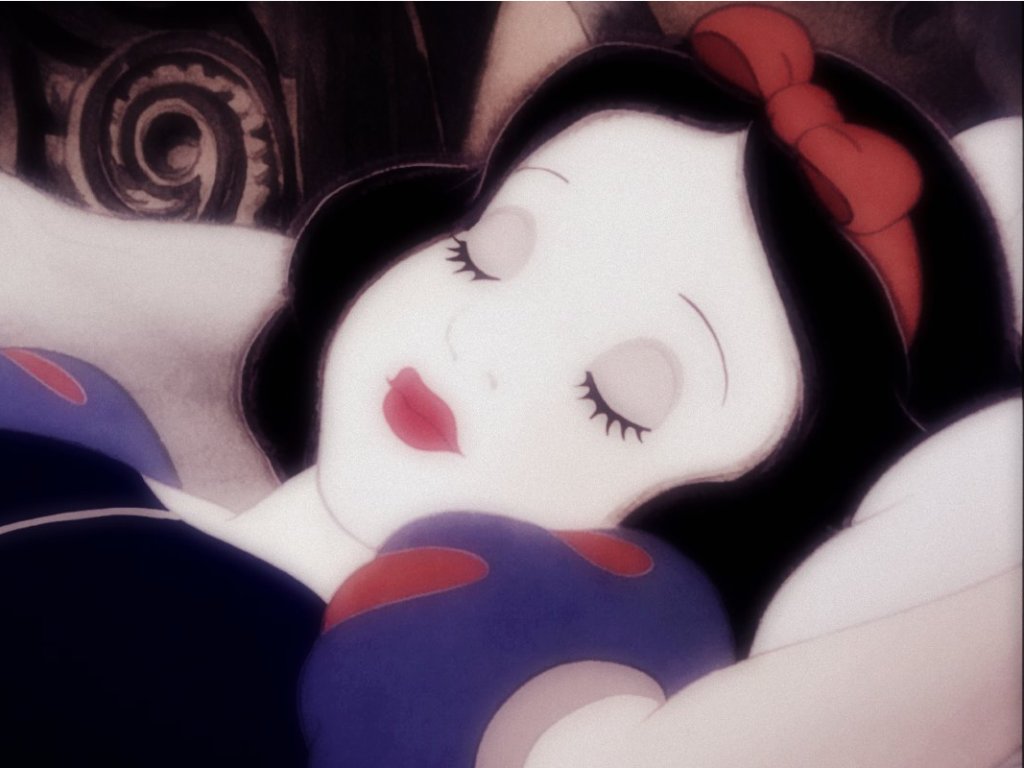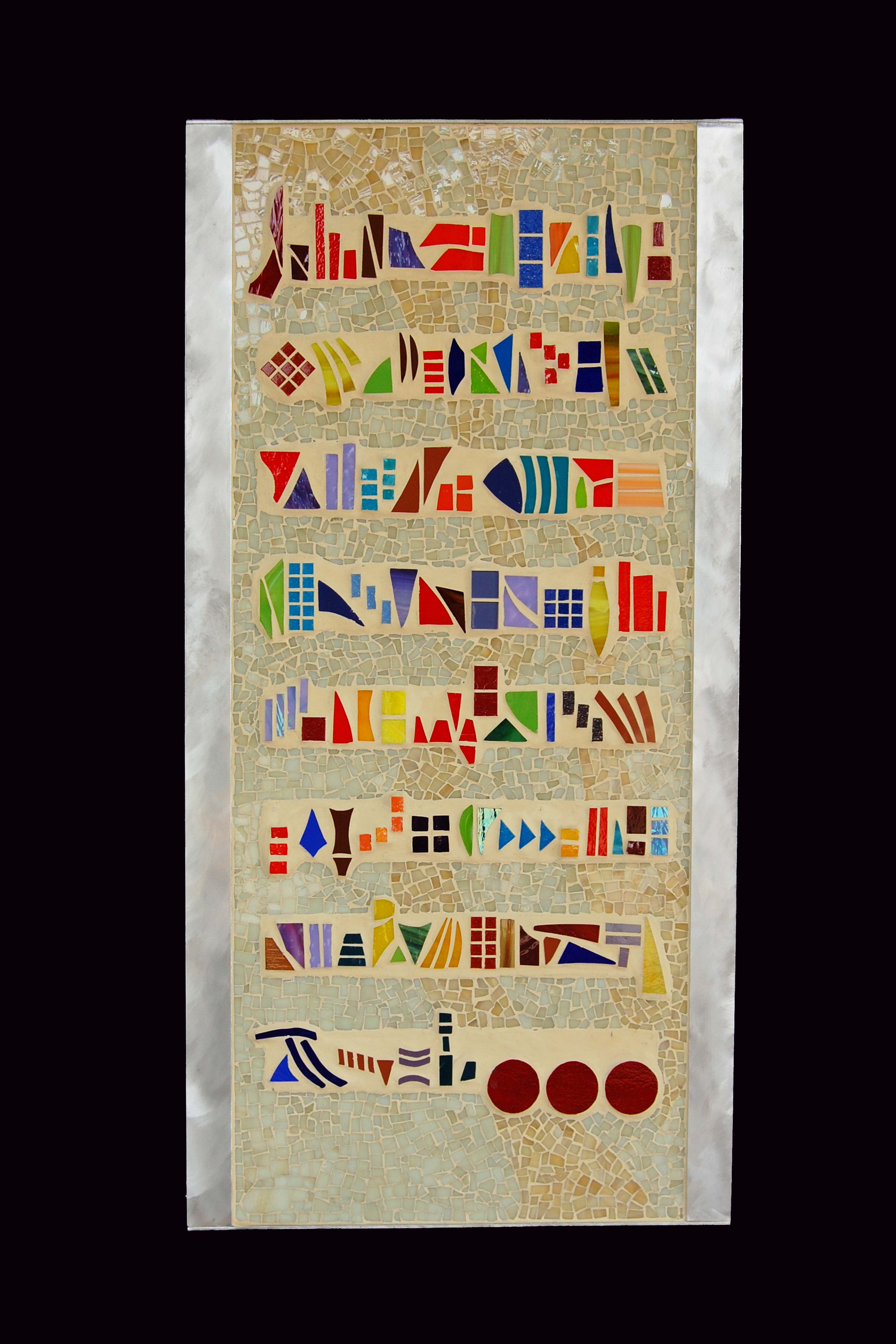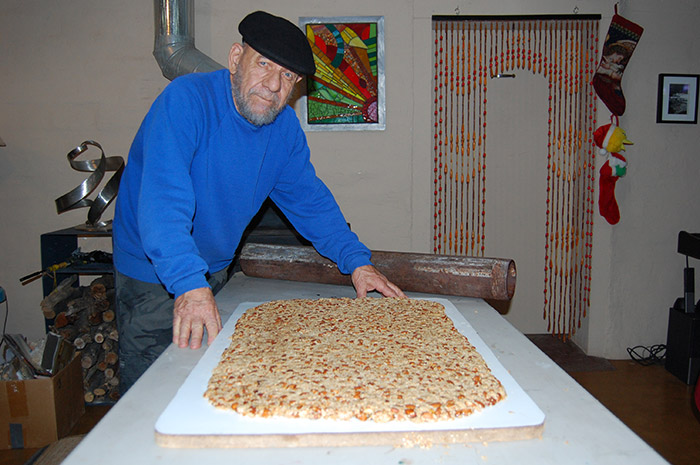This essay was prompted by a mosaic I made in late 2019 and the mosaic was first posted on Facebook December 5.
THE EMPRESS – a mosaic of stained glass, vitreous glass, marble, and leather on an aluminum substrate. (42in x 20in x 1.5in) (107cm x 51cm x4cm)
 Here is what I said in that post:
Here is what I said in that post:
MAGNIFICENT ANIMAL THE HORSE
Wanted to create, from the basic shape, an animal with an extra measure of confidence, elegance, and nobility. No long discussion with this posting, just a little conversational exchange between one of my students and me. Nearly finished, I leaned the mosaic against the drill press in my shop. She reacted with a “Oh my, that is truly stunning.” After saying thanks, I mentioned only one title had come to my mind so far … The Sentinel … and it didn’t quite do the job. My student sat quietly without taking her eyes from the mosaic. Two or three minutes pass while I sweep up some debris from my workspace and my student says “The Empress, yes “The Empress” and she is checking the surroundings to make sure all is well. That’s why you thought of the word sentinel.”
The mosaic was well-received. In preparation for an art exhibition, I was asked to give a little talk about THE EMPRESS. Following are my notes for a 2-minute talk (which I refer to as a wallet-sized history) entitled …
HORSES IN ART … Notes
Horses have appeared in works of art throughout history
The earliest art involving the horse seems to be in prehistoric cave paintings such as those in Lascaux, estimated to be about 17,000 years old.
The equine image was common in ancient Egyptian and Grecian art, more refined images displaying greater knowledge of equine anatomy appeared in Classical Greece and in later Roman work. Horse-drawn chariots were commonly depicted in ancient works, as early as 2500 BC.
The Greeks and Romans invented the equestrian statue; the best surviving example being the Equestrian statue of Marcus Aurelius in Rome (ca 175 AD). We admire also The Horses of Saint Mark, above the portico of Saint Mark’s Basilica in Venice.
Did the Trojan Horse exist? Classical texts Greek ‘myths’ The Trojan Horse is first mentioned in The Odyssey (written about 800 BC) it describes how Greek soldiers were able to take the city of Troy after a fruitless ten-year siege by hiding in a giant horse supposedly left as an offering to the goddess Athena.
https://en.wikipedia.org/wiki/Military art Military art often depicts the horse in battle and provides some of the earliest examples of the horse in art, with cavalry, horse-drawn chariots and horse archers all appearing on ancient artifacts. In the medieval period cavalry battles and knights on horseback were portrayed by artists
The horse appears less frequently in modern art partly because the horse is no longer significant either as a mode of transportation or as an implement of war. Most modern representations are of famous contemporary horses, artwork associated with horse racing, the sport of polo, or artwork associated with the historic cowboy or Native American tradition of the American west. There is the famous Big Blue Horses (1911) by the German Franz Marc. In the United Kingdom depictions of fox hunting and nostalgic rural scenes involving horses continue to be made.
We are exposed to horse caricatures in today’s Rocking Horse and Carousel or Merry-Go-Round.
Leroy Neiman did dozens of boldly colored expressionistic paintings of various horse-racing scenes.
Why would I do a horse? While I’ve never owned a horse, I have ridden them occasionally. But I prefer the visual images horses provide. Stopped several times on my scooter trip to just watch horses at pasture. They can be such beautifully shaped animals. And the visuals are what I enjoy most.
Beginning with the initial sketching, this horse was always feminine, a mare. Somewhat elongated to enhance her regal quality, her mane is exquisitely groomed. In contrast, the tail is allowed to flow with the wind, as if to confirm her sensuality. The mosaic glass was set in such a manner as to accentuate the powerful and voluptuous musculature of her haunches and chest. From her basic shape, then, I sought to create an animal with an extra measure of confidence, elegance, and nobility. END.


